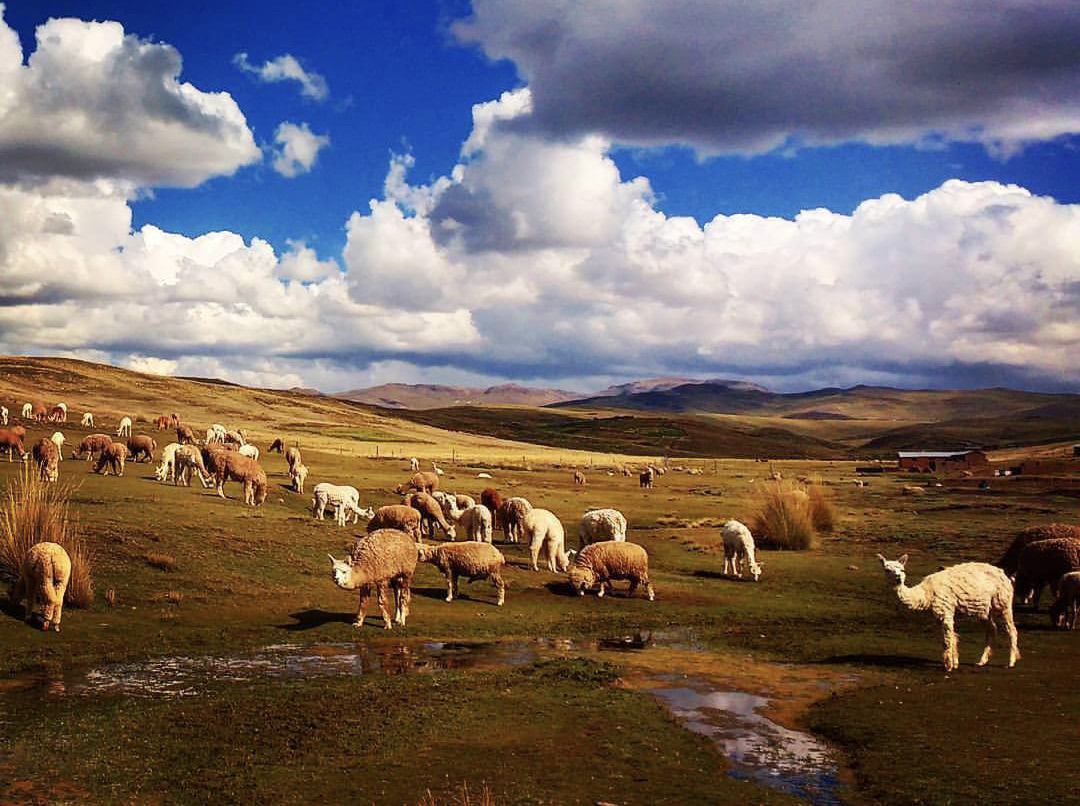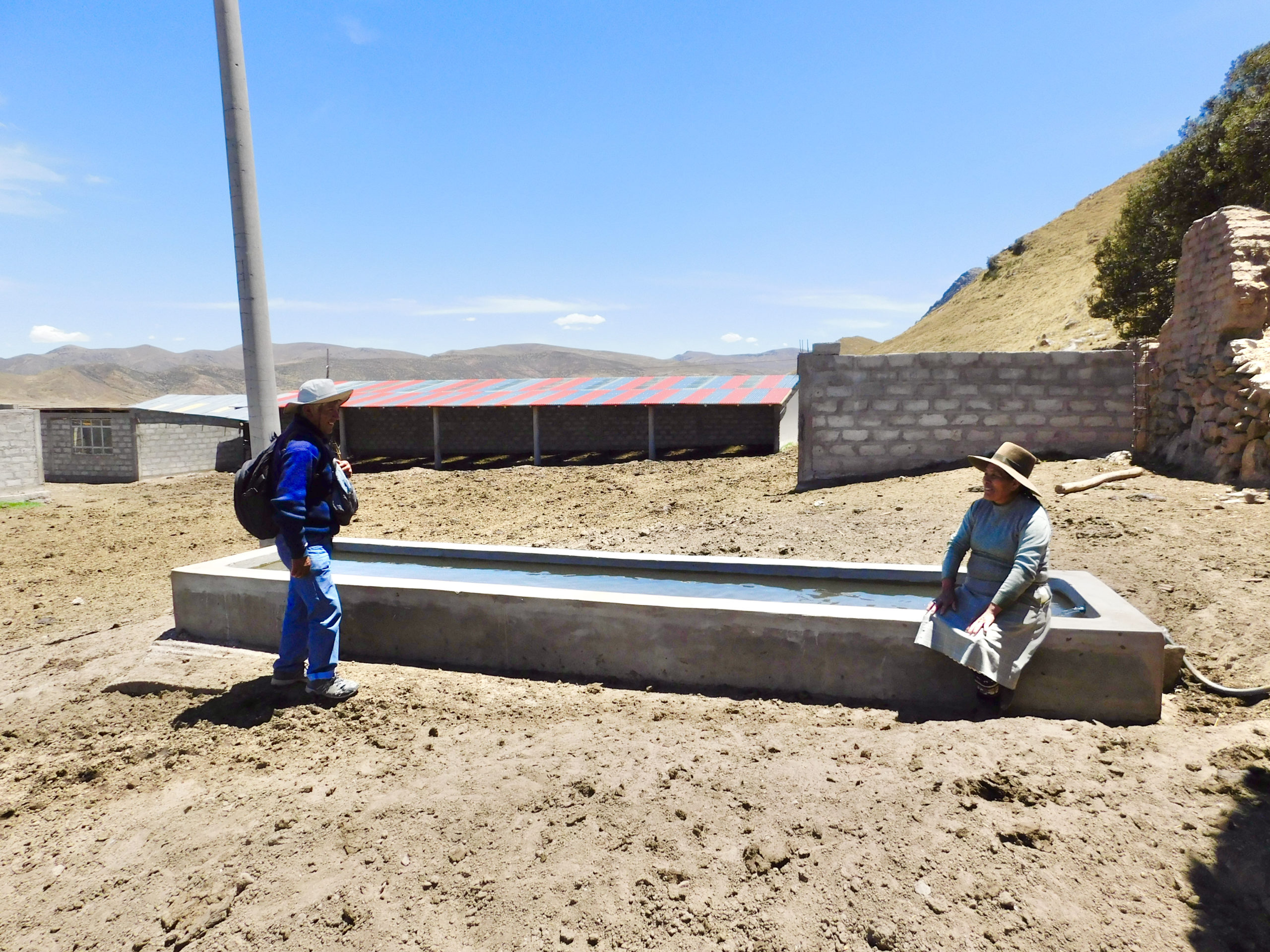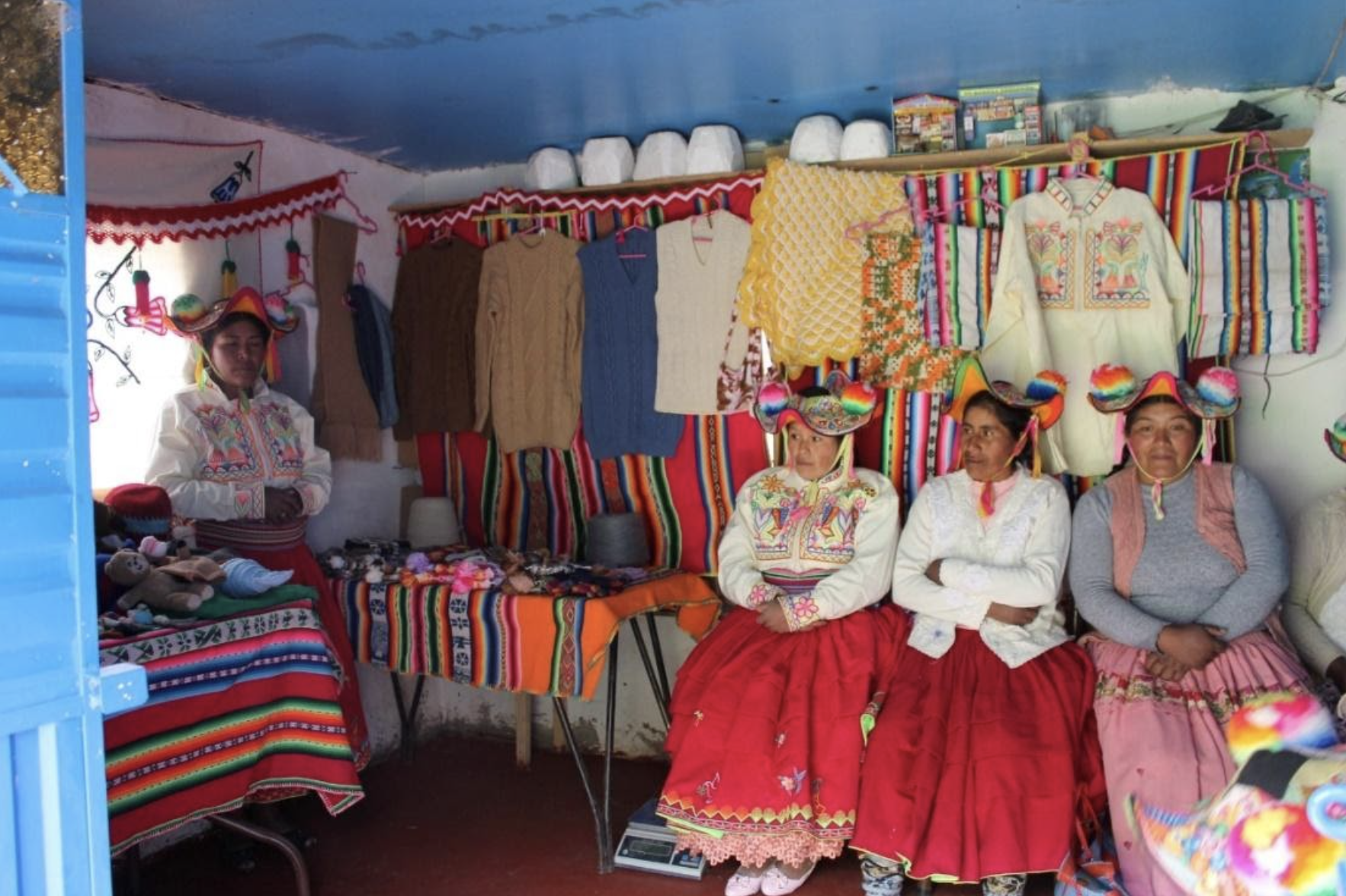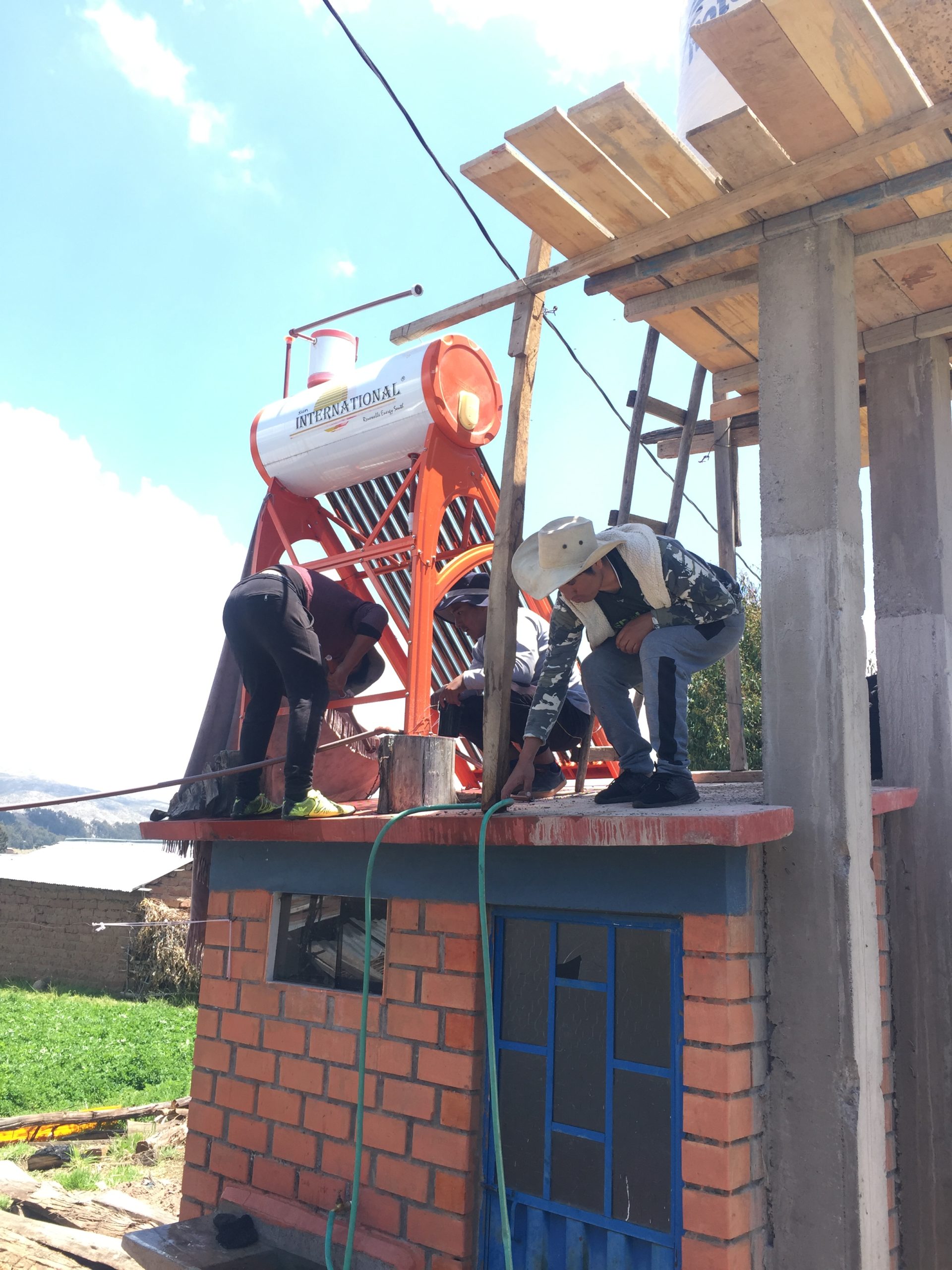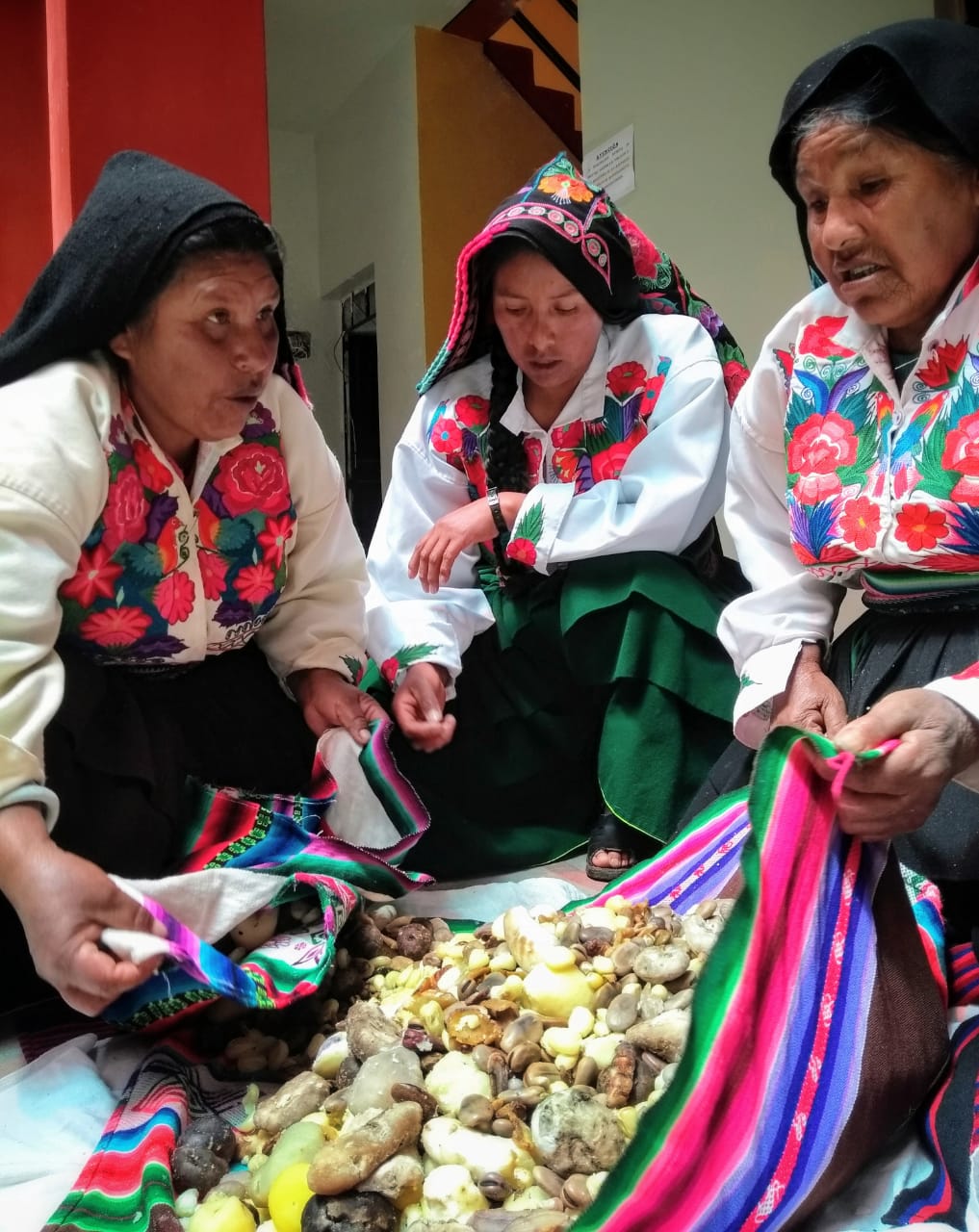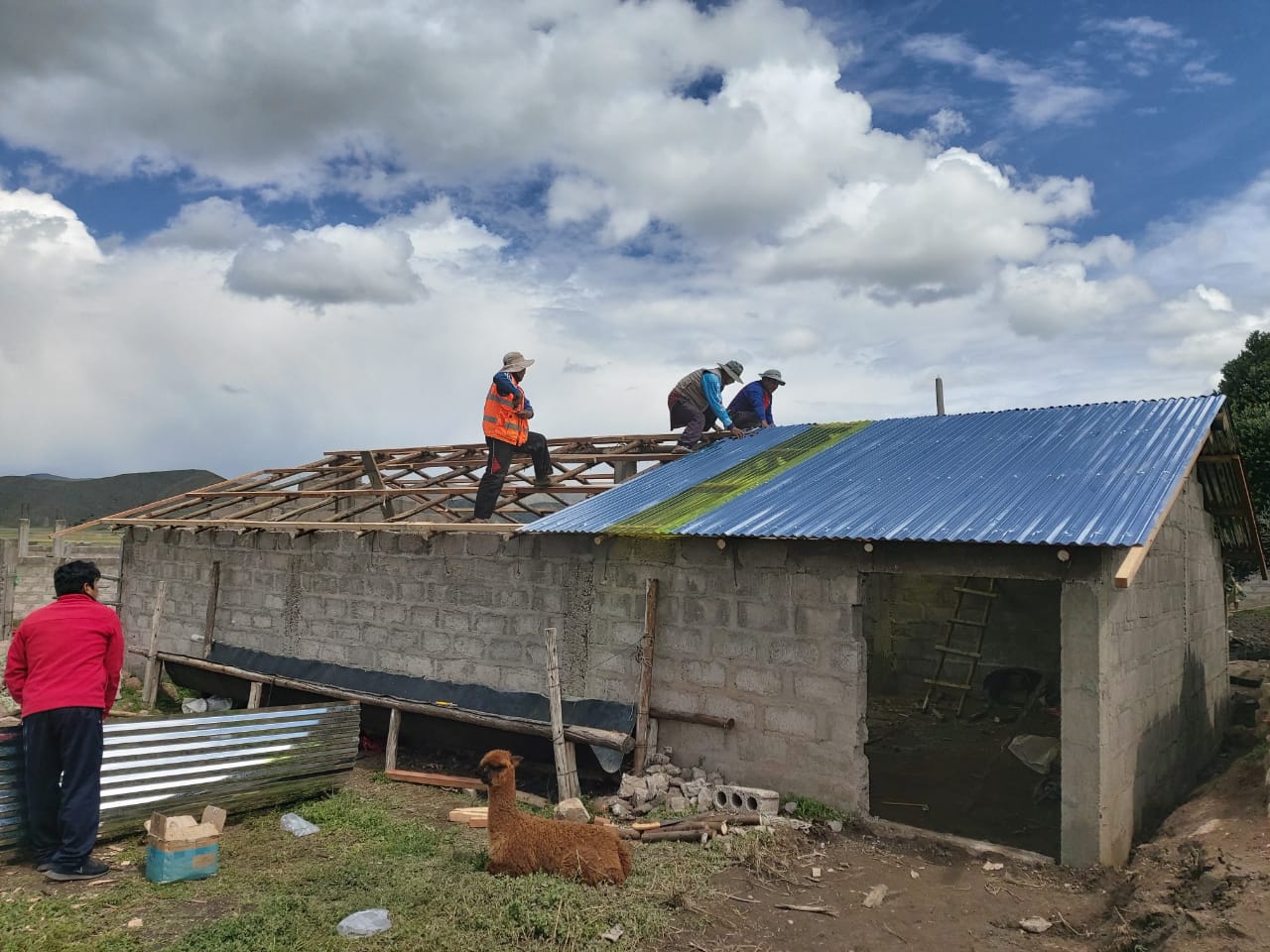2022 Projects
Economic Development Community Project Proposals
Communities submit project proposals at the end of every year. You can now partially or fully fund a specific project with your donation. Please reach out to [email protected] if you would like to learn more about how to fund a community’s project.
Protection and Restoration of Bofedales (Highland Wetlands)
Communities: La Union, Coarita, Sapanccota, Alto Pucarayllu, Pucarayllu
Budget: $45,434
Bofedales are a type of wetland found at high altitudes throughout Peru and Chile. These wetlands are a fundamental part of high-altitude environments in the Andes because they help regulate water levels in nearby aquifers; they also provide water for both animal and human consumption and grazing pasture for livestock. In recent years, climate change and overgrazing have caused bofedales to begin to disappear in the 5 alpaca communities in the Chijnaya network. This project will restore and protect the bofedales of these 5 communities by providing individualized trainings in each community, planting native grasses, strategically directing water to replenish water levels, and building fences to ensure areas are protected. The project is partially funded by a grant from the New England Biolabs Foundation and Water Charity and is a part of a set of projects aimed at improving the family economy of alpaca herding communities.
Construction of Drinking Troughs
Community: Alto Angará, Asociación de Productores Osequepa Limitani
Budget: $4,211
The Osequepa association in Alto Angará submitted a project proposal to build drinking troughs for the cattle of 15 community members. Drinking troughs are important for farmers because they allow them to provide adequate water to cattle without having to walk far distances to access ponds, lakes or rivers. This not only saves farmers time but is also an important step in developing the necessary infrastructure to increase milk production in their cattle.
Textile Artisan Workshop Improvement
Community: Escallani, Asociación de Mujeres
Budget: $2,632
The Asociación de Mujeres Emprendedoras Kantutas seeks to empower women by providing economic opportunities through artisanry that highlight local resources and traditions. Currently, the association produces crafts made from totora reeds and Andean textiles. Through this project they aim to improve and increase their production of textiles by investing in sewing machines, sergers, knitting machines, irons, and scales for their craft workshop. The association estimates that this will help its members increase the income generated from artisanry by 150%.
Construction of Calf Barns
Community: Nicasio, Asociación Virgen de Fátima
Budget: $3,421
One major challenge for this association is that they currently have a 30% survival rate of calves due to a lack of infrastructure to protect them from extreme weather conditions. Through this project they will build calf sheds for the cattle of 15 community members. These sheds will support their efforts to reduce calf mortality rates and raise breeds of cattle with higher milk yields by preventing diseases caused by harsh weather conditions that have become more sporadic due to climate change. Through this project they aim to increase the survival rate of their calves from 30% to 70%, which will lead to an increase in income.
Implementation of Solar Thermal Water Heaters
Community: Occopampa, Isla Amantaní and Llachón, Capachica
Budget: $2,632 per community
The tourism associations in Occopampa and Llachón have been working to develop the local tourism industry and build and improve accommodations for guests on their properties. Currently, none of the association members in Occopampa and only 3 members in Llachón have hot water in their bathrooms, so this year each association submitted a project proposal to implement solar thermal water heaters. They estimate that this will allow them to increase their income by at least 5%, improve the quality of service they provide, and contribute to their long-term goal of creating a sustainable and successful rural tourism business that allows them to share their traditions and culture with visitors.
Tourism Services Improvement
Communities: Incatiana, Lampayuni and Villa Orinojon (Isla Amantaní)
Budget: $2,632 per community
The three communities that submitted a tourism services improvement project proposal are located on the Isla Amantaní, a beautiful island on Lake Titicaca that has become a popular tourist destination for people visiting Puno. The tourism associations in these communities are working to develop the local tourism industry and build and improve accommodations for guests on their properties. These projects will provide the members of each association with capital to invest in the materials they need to improve their homestays such as furniture, toilets, water tanks, and other construction materials.
Alfalfa Seed Purchase
Community: Mallajasi
Budget: $3,158
The community of Mallajasi proposed a project to invest in alfalfa seeds to expand their production of alfalfa. Alfalfa is a nutrient rich food source for cattle that will increase milk production. Alfalfa fields provide grazing pasture in both the rainy season and the dry season with proper irrigation and can also be stored as an additional food source for the dry season if water and other food sources are not available. The community estimates that this project will double the milk production in their cattle.
Construction of Milking Parlors
Community: Qqepa
Budget: $2,632
The community of Qquepa submitted a project proposal to build milking parlors on the properties of 15 community members. Milking parlors are essential for cattle herders because they help them to obtain a higher quantity of milk and produce a higher quality of milk. The association estimates that this project will help raise annual household incomes by an average of 35%.
The Scholarship Program
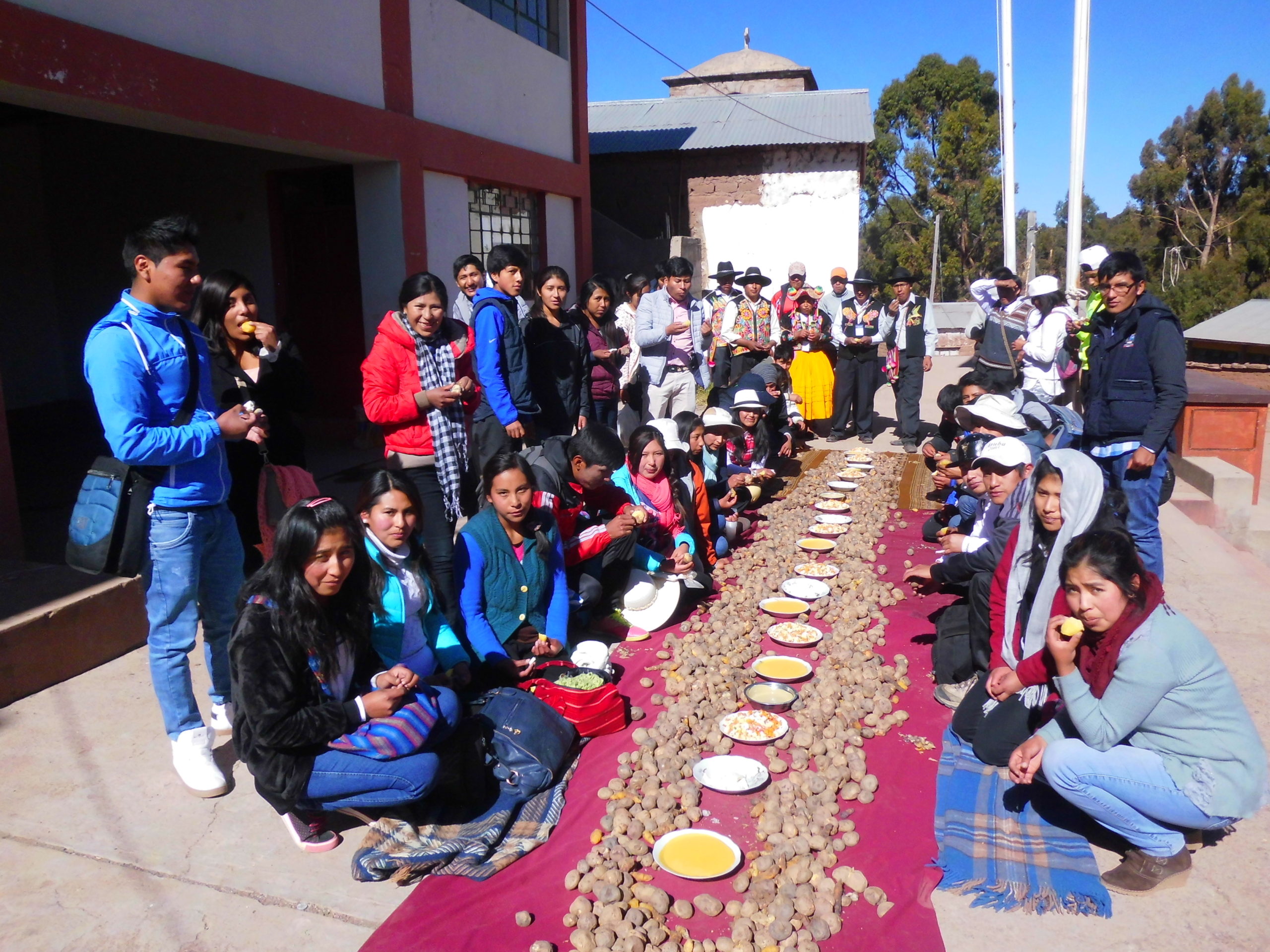
The scholarship program aims to end the poverty cycle in rural communities by improving access to higher education . This year, 50 students have been selected to receive scholarships. 40 students plan to attend universities and 10 plan to attend technical institutes.
You can donate directly to the scholarship program and even create a named scholarship to honor someone special or create opportunities for students who are pursuing a particular field of study. Read about current named scholarships and find more information about creating these opportunities here.
The Group Savings Program

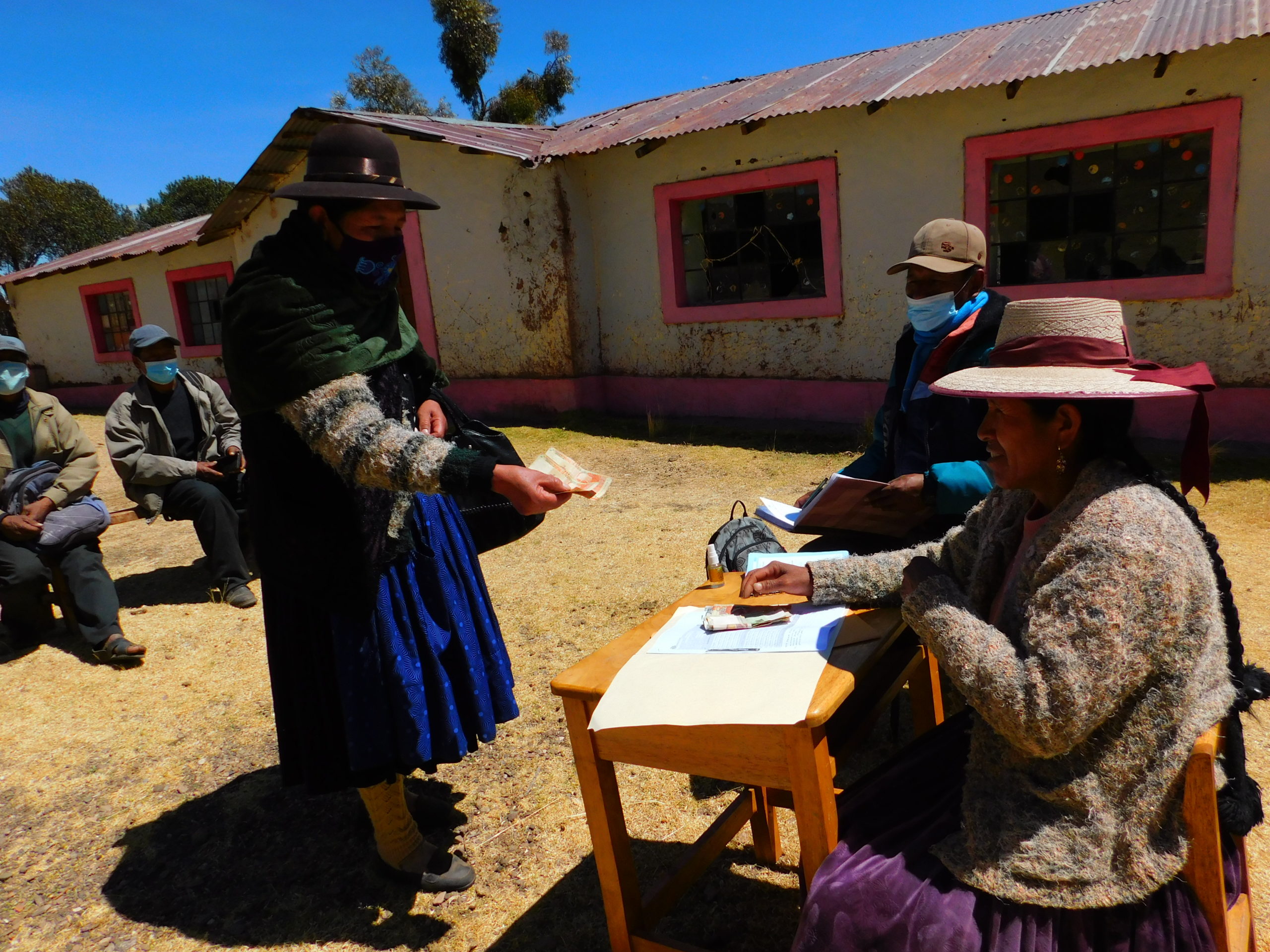
Savings groups give communities a way to save their money, earn interest, and take out low-interest loans, which has been especially important as people face economic insecurity and new challenges during the COVID-19 pandemic. In 2021, the 16 savings groups, consisting of a total of 236 participants, saved a total of $83,127 and used their savings to invest in small business, medical, and educational expenses with the goal of strengthening their financial self reliance.
The Group Savings Program will continue to assist interested communities in forming and facilitating savings groups in 2022. The program will also continue to provide communities with financial education to help them to grow their small businesses.
The Health Program
The Oral Health Program addresses communities’ needs for dental services and oral health education in the rural sector, with a specific focus on children. In 2022, the Oral Health Program will work with 5 primary schools to improve the oral health of 265 students by providing fluoride treatments, oral evaluations, and training sessions on oral hygiene.
In 2022, the Health Program will also expand its focus to address the high rates of childhood anemia in the region. Pro-DIA will be partnering with the Health Post in the community of Colque to provide evaluations and training sessions on proper nutrition using locally available ingredients.
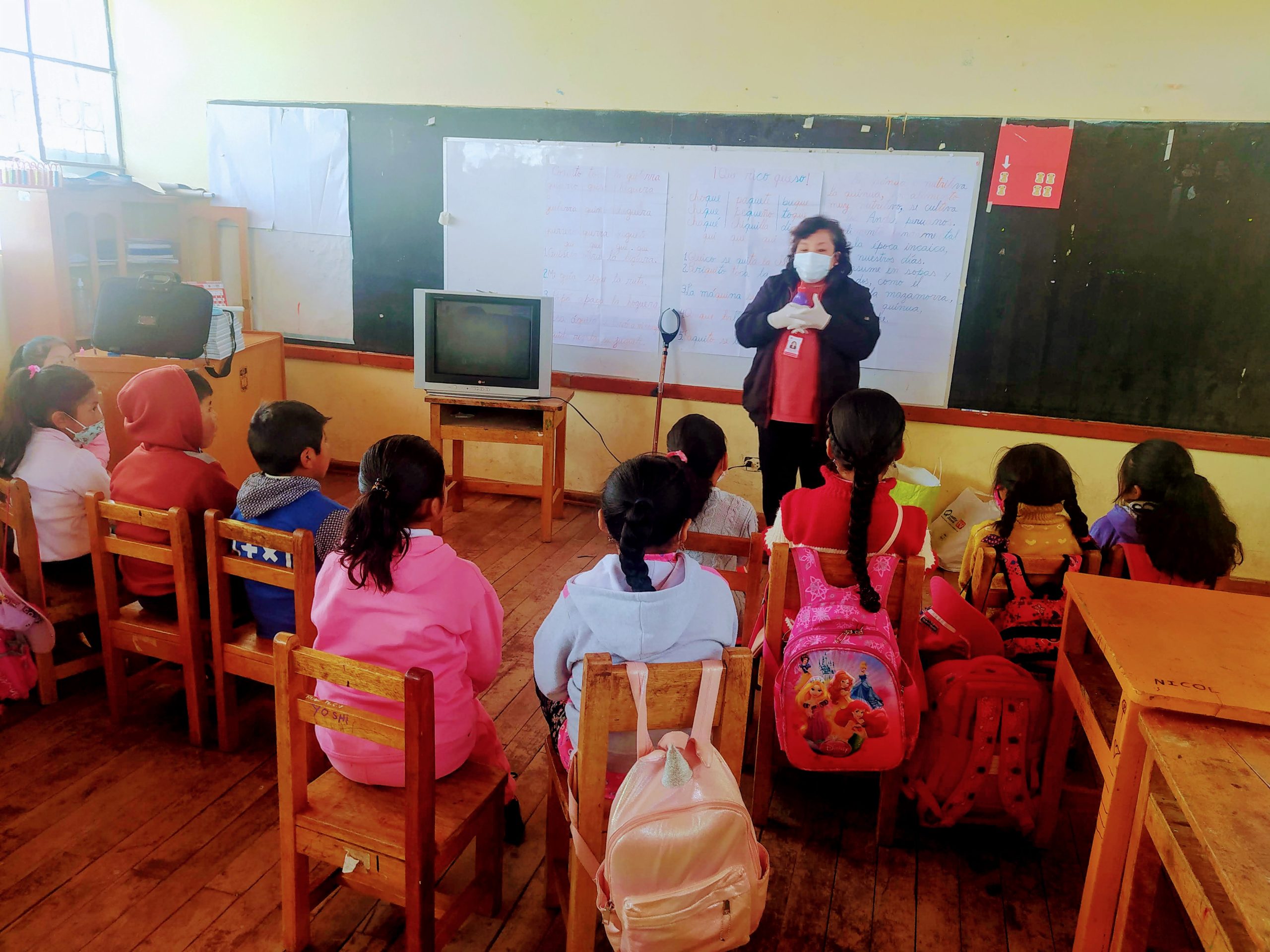
Join us in making a difference!

